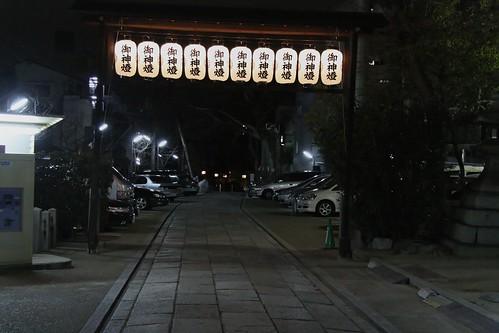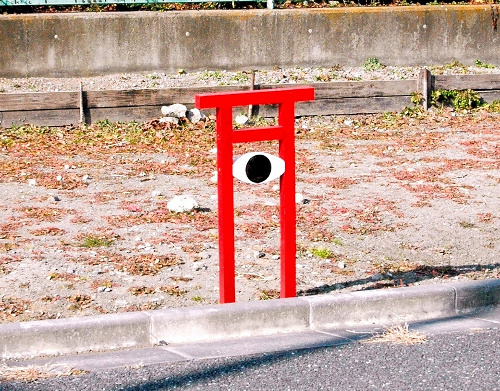Via Roger Ebert, here is Filipino reviewer Michael Mirasol’s take on what’s so great about Miyazaki’s Nausicaa of the Valley of the Wind:
My favorite part (emphasis added):
The film is considered to be the first of Miyazaki’s works to showcase his strong environmental inclinations. In every film since he has made his case for man to grow closer to nature as a return to the olden days. He does so with positive reinforcement, hardly ever resorting to demonizing, moralizing, or sermonizing. Here, the toxic jungle isn’t so much an inhospitable realm as it is a fearsome marvel of nature. It’s huge arthropod denizens never come off as oozing grotesques, but wondrous (though scary) creatures. The film’s largest creations, the ohmus, are wholly original, and are almost proof that the eyes are the window to the soul.
Miyazaki’s refusal to narrow down conflict to two or even three sides is refreshing, and quite admirable considering its target audience. The film’s story does concern good versus evil, but they aren’t manifested in simplistic ways. Each populace has its own motivations. Each conflict has its reason. Wars exist among man and against nature. Several stakes exist. Even death is hardly out of bounds. For much of the film, there is no one problem/solution. But despite this moral complexity for an animated film, it all fits Miyazaki’s big picture, and in the end we see it.
The link has a transcript, so it might be easier to read that instead.
I think it’s a testament to Miyazaki’s subtle storytelling power (or maybe just my own lack of insight) that this point never explicitly dawned on me after watching the movie. It’s just a natural part of the landscape. And it’s surprisingly rare for movies to take this approach, though it seems to be a major feature of Miyazaki films.
At the risk of overgeneralizing, I sense a broader point here. One of the refreshing things about living in Japan is that people seem much less dogmatic than in the US. That is, issues are seldom as black and white as they seem in the States, and there seems to be less pressure to adopt the “correct” set of opinions based on political leanings. Could this have something to do with a generation raised on Miyazaki’s pluralistic stories as opposed to Americans growing up with Disney tales of good and evil?



